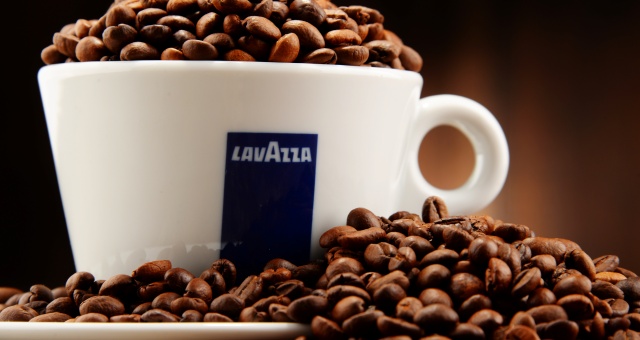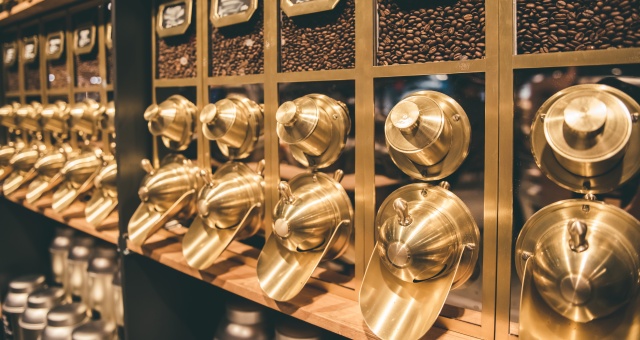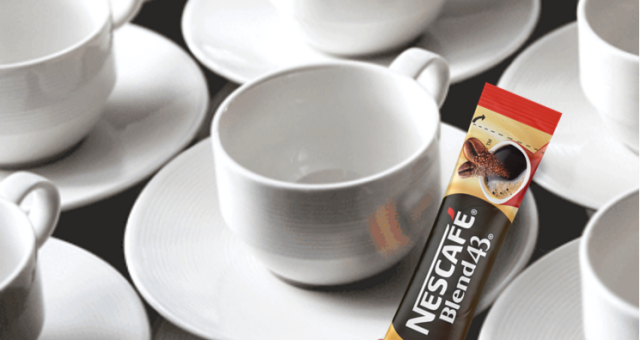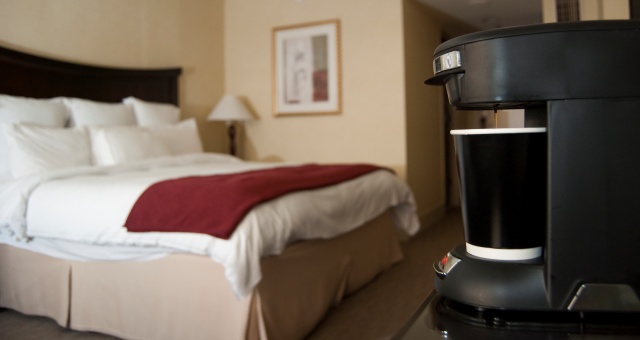Coffee is one of those crops that requires consistent conditions in which to grow and flourish. Ideal temperatures for a strong harvest range between 15-25 degrees Celsius with no extreme variations between day and night. Despite Australia being a mostly arid climate, there are pockets along the coast suitably tropical to cultivate a thriving coffee industry, one which has only really been around for the last few decades.
Sure, Australia has been growing coffee for over a century, but the industry largely faltered in the 1920s due to high labour costs and economic limitations. Mechanised harvesting was a key catalyst in the Australian coffee renaissance and since then, the country has grown into a highly robust source, primarily of the Arabica bean, of which around 75% of our population and the average Aussie consumer drinks around 730 cups each year.
According to a Harris and Galaxy survey, Aussies have changing coffee tastes as the day progresses. Mornings see a rush on lattes, flat whites, cappuccinos, with another spike for the wall-hitters after 1pm. Chai sales peak at around 11am, while Matcha is a popular blend in the mid-afternoon.
As far as coffee is concerned, hotels are a microcosm of society and are seeing significant changes in the way their guests are consuming coffee within their walls, either as an in-house guest or a café customer. According to research from Studylogic, hotels are seeing an uptick in consumption, with demand climbing 8% over the 2018/19 financial year – a huge, isolated spike on the 0.9% climb recorded across the rest of the population. The gulf is similar in consumer spend on coffee, with all channels recording a 1.4% overall rise while the spend in hotels went up 2.3%.
For most of us, the daily coffee ritual rarely changes. You might drink from the same cup or order the same product – maybe even from the same shop or the same person each day. In most people, that routine helps to lower stress as they know what to expect each day. Contrary to this, many of Australia’s major coffee growers, roasters and distributors are seeing an widening in local tastes, with greater levels of experimentation and demand for more exotic blends.

Lavazza APAC Managing Director, Silvio Zaccareo, says Australians have one of the world’s most sophisticated relationships with coffee – a trait that is starting to be reflected in hotels.
“While traditional flavours and varieties remain popular, customers are absolutely seeking a wider variety of coffee blends,” Zaccareo said.
“We are seeing a steep rise in domestic tourism. For hotels, this means meeting local customers’ wants for an indulgent escape. Coffee has a very natural role in indulgence, from different preparations to its use in food and as a transporter of flavour in other beverages. Our training team are now regularly providing solutions and recipes for how to use coffee in fun and interesting ways. This also provides another revenue stream for the hotel.
“More and more we are being asked for holistic solutions across multiple coffee occasions. Our team is partnering more than ever to supply the appropriate coffee, machine and training solutions across front and back of house, in-room, conference and self-serve. The need for us to have a wide portfolio of solutions and remain at the forefront of the coffee industry’s changing landscape has been critical.”
Zaccareo added that technology plays an ever-more important part in how coffee drinkers get their fix, particularly in the era of COVID-19, with hotels adopting more contactless and touchless solutions for their guests.
For Karen De Leeuw, Business Director at FreshFood Services – keepers of a variety of coffee brands including the ‘House of Robert Timms’, Bushells, Picco and Fagg’s – coffee is one area where hotels can differentiate, stand out from the crowd and provide guests with a unique experience.
“Coffee is one of the key areas where this differentiation is taking place, and a tiered approach for an in-room offer is being followed. Single serve instant coffee still is very relevant, however, similarly as in the retail space, premiumisation of the offer is coming through stronger through single serve offerings such as capsules, coffee bags, plunger and coffee mixes.
“The offer needs to be a full end-to-end experience for the traveller, from in-room, breakfast, lunch and dinner service and to general coffee service in various spaces within the hotel.
As HM has previously reported, a trend in sharper focus from consumers relates to where and how their coffee beans are sourced, with great preference going to sustainable initiatives. Nestle Professional Campaign Manager, Aravind Balasubramaniam, said it is noticing and adapting as part of its Nescafé Plan sustainability initiatives.
“Key emerging trends across all formats include an increase in preference for sustainably sourced coffee, plant-based milk options and accompaniments. In-room coffee sachets, blend varieties along with coffee pods have shown consistent growth from 2018 to date,” he said.
Karen De Leeuw agreed, adding “Out of room trends include the serving of options around plant-based nut milks, cold brew and nitro-coffee in addition to the standard espresso coffee.”
Experimentation breeds innovation, however you brew.




